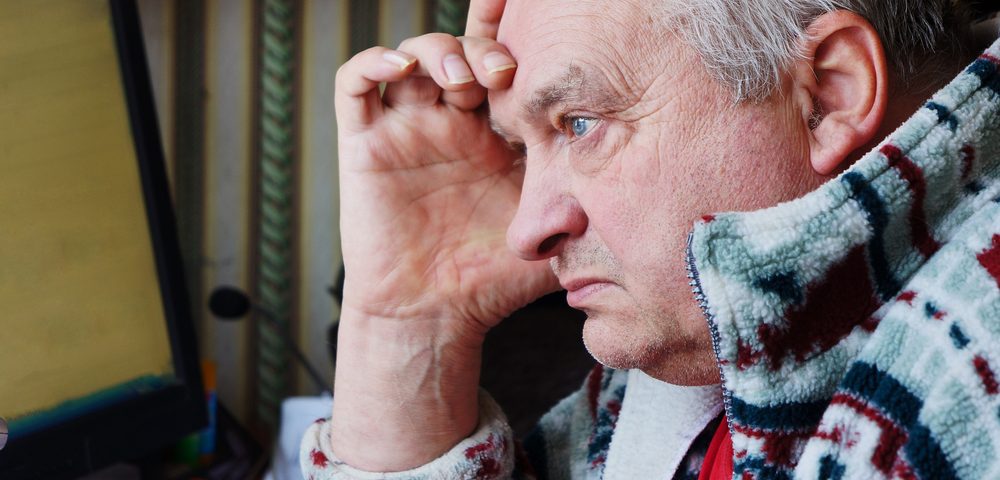Benign prostatic hyperplasia (BPH) patients with a history of acute urinary retention may be helped by HoLEP surgery and experience improvement in their urinary urgency, a study reports.
The study, “Predictors Of Urgency Improvement After Holmium Laser Enucleation Of The Prostate In Men With Benign Prostatic Hyperplasia,” was published in the journal Investigative and Clinical Urology.
Several BPH patients have symptoms of overactive bladder, such as increased urinary urgency, frequency, nocturia (excessive urination at night), and urgency incontinence, which greatly and negatively impacts their quality of life.
HoLEP is a minimally invasive surgery that enables a complete resection of the prostate to treat BPH, independently of the prostate volume of the patient. The advantages of this technique include better short-term urinary functional outcomes, shorter catheter use, and shorter hospital stays compared to transurethral resection of the prostate (TURP), the standard surgical therapy for BPH.
However, symptoms of overactive bladder can remain in some patients after the HoLEP surgery, and more studies are necessary, especially regarding overactive bladder and the HoLEP procedure, the research team noted.
Researchers analyzed the medical records of 139 BPH patients who underwent HoLEP surgery; each had more than three points in a five-point urinary sensation scale before surgery. They investigated whether HoLEP improved urinary urgency and whether there could be predictors of urgency improvement.
Patients were divided into two groups, improved and unimproved urgency, according to their results three months after HoLEP. The improved urgency group included men who had a decrease of two or more points on the urinary scale. The analysis of factors that could potentially predict urinary improvement after surgery was performed by comparing between several parameters, such as pre-operative factors (age, total prostate volume, transition zone volume, serum prostate-specific antigen [PSA] levels, history of acute urinary retention [AUR], urgency incontinence, and the International Prostate Symptom Score [IPSS]), prostate volume, urodynamic factors (including maximum flow rate, maximum bladder capacity and postvoid residual urine volume [PVR]) and factors inherent to the surgical procedure.
Of the initial 139 patients, 71 (51.1 percent) showed improvements in urinary urgency, whereas 68 (48.9 percent) did not. Importantly, the pre-operative history of AUR and the PVR parameters were more frequently associated with changes in improvement: while AUR was more frequently observed in the group with improved urgency, a pre-operative PVR was mostly associated with lack of improvement after HoLEP.
“A preoperative history of AUR could influence the degree of urinary urgency improvement after a HoLEP, a procedure that is effective for [BPH-induced bladder obstruction] symptom control, particularly when performed early,” the researchers concluded. “In other words, a HoLEP can resolve early urgency symptoms for at least 3 months without adjunctive drug treatment in patients with preoperative AUR. However, in patients expected to have persistent urinary urgency, an active treatment, such as early administration of antimuscarinic agents, is necessary.”

